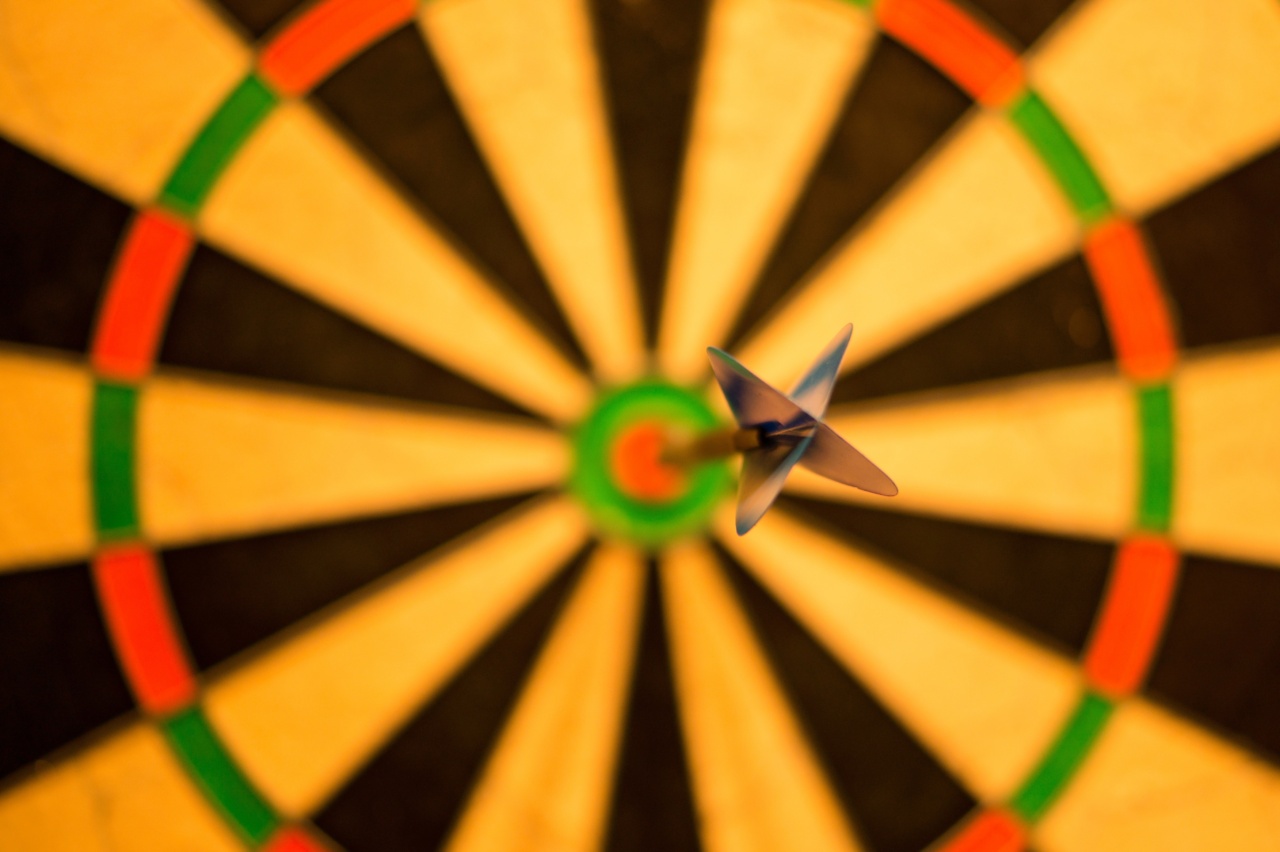As every parent knows, bibs are a staple for keeping babies’ clothes clean during mealtime. However, as babies grow, they often begin resisting wearing bibs or find creative ways to remove them.
While bibs serve an important purpose, there are effective methods for ditching them without sacrificing cleanliness and convenience. In this article, we will explore various techniques and tips for minimizing or eliminating the use of bibs.
1. Introduction to Ditching Bibs
Before we delve into the methods, it’s essential to understand why you might want to ditch bibs in the first place. While bibs are undoubtedly useful, some babies find them uncomfortable or become adept at taking them off.
Additionally, constantly relying on bibs can hinder the development of self-feeding skills and sensory exploration during mealtime.
2. Transitioning to Full-Body Coveralls
One effective method for ditching bibs is transitioning to full-body coveralls or smocks. These cover your baby’s entire upper body, protecting their clothes from spills and messes.
Look for coveralls made from waterproof or easily washable materials for added convenience. Full-body coveralls are especially helpful as babies begin independently feeding themselves, as they offer comprehensive protection.
3. Opt for Easy-to-Clean Fabrics
If you prefer your baby to remain in regular clothing during mealtime, choosing easy-to-clean fabrics is crucial. Fabrics such as stain-resistant cotton blends or quick-drying materials make it easier to remove food stains and maintain clean clothes.
Avoid delicate materials or fabrics that easily absorb liquids and stains.
4. Embrace Silicone Bibs
While we are discussing ways to ditch traditional bibs, it doesn’t mean that all bibs should be off-limits. Silicone bibs are a fantastic alternative to traditional fabric bibs.
Unlike cloth bibs, silicone bibs are waterproof, easy to clean, and often have a built-in crumb catcher. With their adjustable neck straps, silicone bibs are harder for babies to remove, making them a practical choice.
5. Introduce Offering Finger Foods
If your baby has reached the stage where they can self-feed, finger foods can be a great option.
By offering appropriately sized finger foods, you allow your baby to explore different textures and practice their motor skills while minimizing messy spills. As your baby becomes more skilled at self-feeding, you may find that bibs are no longer necessary.
6. Mealtime Snack Trays
Incorporating mealtime snack trays is another way to reduce the dependence on bibs. Mealtime snack trays are designed with multiple compartments, allowing you to portion out different foods separately.
By keeping each food item separate, you minimize the risk of food spilling onto your baby’s clothes. Additionally, snack trays encourage self-feeding and independence.
7. Utilize Drool Bibs
For babies teething or prone to excessive drooling, using drool bibs can be a game-changer. Drool bibs are specifically designed to absorb saliva and prevent it from soaking into your baby’s clothes.
These bibs are lightweight, comfortable to wear, and come in various trendy designs.
8. Encourage Sippy Cups and Straws
As your baby transitions from bottle or breastfeeding to independent drinking, sippy cups and straws can help minimize spills and stains. Introduce your baby to sippy cups or training cups early on to help them develop the necessary skills.
Using cups with lids and straws reduces the risk of liquids accidentally spilling onto clothes.
9. Mealtime Accessories and Aprons
To ditch bibs effectively, consider incorporating mealtime accessories such as long-sleeved bibs or aprons. These cover the entire upper body and provide significant protection against spills and stains.
Aprons are particularly useful if your child enjoys arts and crafts activities or messy play, as they can be worn during creative sessions to protect clothing.
10. Establish Mealtime Routines
Establishing consistent mealtime routines can help minimize mess and make it easier to ditch bibs. By feeding your baby in a high chair or designated area, you signal that it’s time for a meal.
Babies come to associate this routine with eating, making them more focused and less likely to create unnecessary messes.
Conclusion
While bibs are undoubtedly useful, they are not the only solution for keeping your baby clean during mealtime.
By exploring alternative methods such as full-body coveralls, easy-to-clean fabrics, silicone bibs, and establishing mealtime routines, you can effectively ditch bibs without compromising cleanliness and convenience. As your baby grows and gains independence, embracing self-feeding techniques and utilizing mealtime accessories can further reduce the need for bibs, encouraging their development and exploration during meals.






























